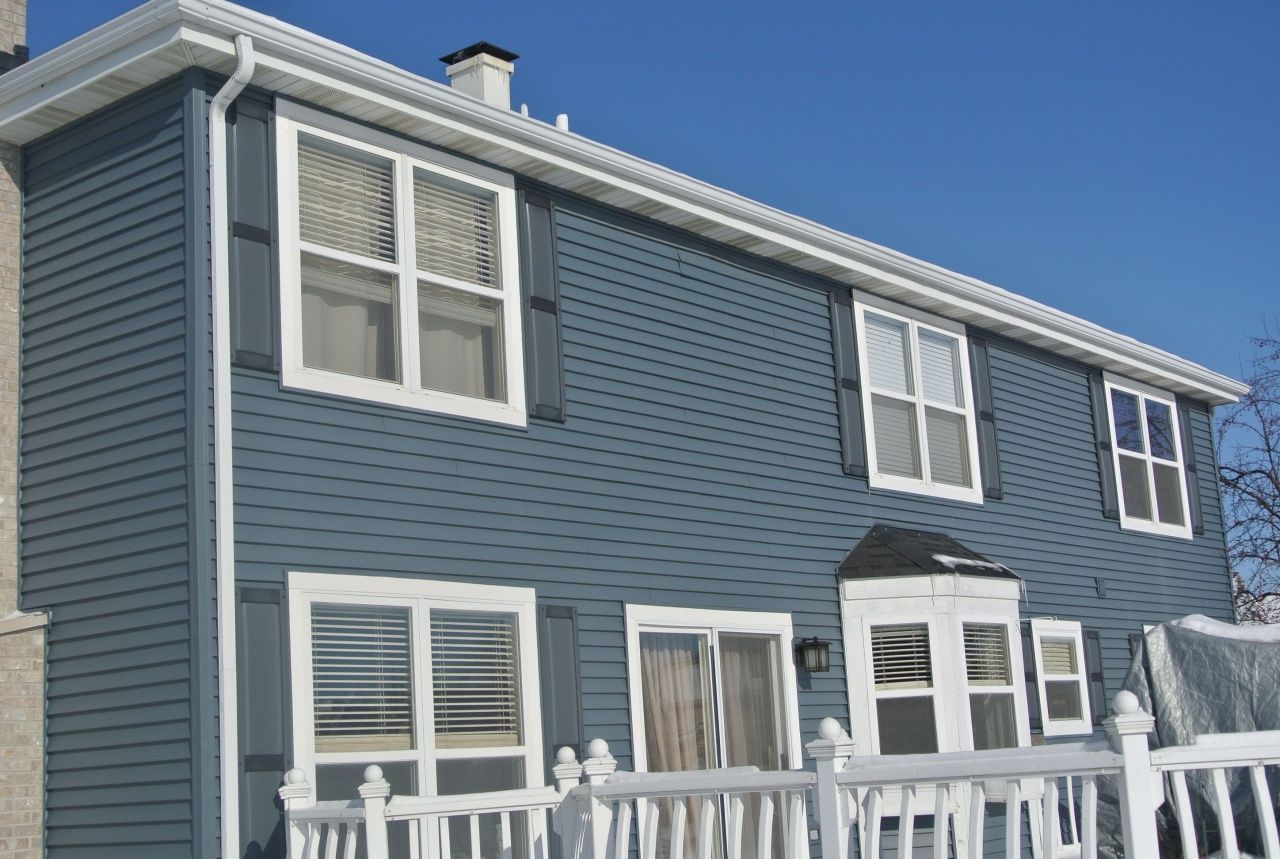

Articles
What Is Vinyl Siding Made Of
Modified: October 28, 2024
Learn about the composition of vinyl siding and its durability in this informative articles! Discover what makes vinyl siding an excellent choice for your home.
(Many of the links in this article redirect to a specific reviewed product. Your purchase of these products through affiliate links helps to generate commission for Storables.com, at no extra cost. Learn more)
Introduction
Vinyl siding has become one of the most popular choices for homeowners looking to enhance the curb appeal and durability of their homes. Its versatility, cost-effectiveness, and low maintenance requirements make it an attractive option for many. However, before diving into the world of vinyl siding, it’s important to understand what it is made of and how it can benefit your home.
Vinyl siding is a type of exterior cladding that is made primarily from polyvinyl chloride (PVC), a synthetic plastic polymer. Along with PVC, vinyl siding also contains a variety of additives, pigments, and coloring agents to achieve the desired appearance and performance characteristics.
In this article, we will delve into the composition of vinyl siding, explore the benefits it offers, and discuss the environmental considerations associated with its use.
Key Takeaways:
- Vinyl siding, primarily made of PVC and various additives, offers durability, low maintenance, energy efficiency, and a wide range of colors and styles. It’s a cost-effective and environmentally friendly choice for homeowners.
- With its recyclability, energy efficiency, reduced maintenance, and vibrant aesthetic options, vinyl siding provides a sustainable and visually appealing solution for enhancing the exterior of homes. It offers a durable, low-maintenance, and environmentally responsible cladding option.
Read more: What To Clean Vinyl Siding With
Composition of Vinyl Siding
Vinyl siding is composed of several key materials that work together to create a durable and aesthetically pleasing exterior cladding. The main component of vinyl siding is polyvinyl chloride (PVC), a synthetic plastic polymer known for its durability and resistance to weathering.
Along with PVC, vinyl siding also incorporates a variety of additives to improve its performance. These additives include stabilizers, plasticizers, and impact modifiers. Stabilizers help prevent the vinyl from degrading due to exposure to sunlight and other environmental factors. Plasticizers increase the flexibility of the vinyl, allowing it to be easily molded into the desired shape and size. Impact modifiers enhance the impact resistance of the siding, making it more resistant to dents and dings.
In addition to the additives, vinyl siding contains pigments and coloring agents to give it the desired color and texture. These pigments are added during the manufacturing process and are dispersed throughout the vinyl material. This ensures that the color remains consistent throughout the entire thickness of the siding.
The composition of vinyl siding may vary slightly depending on the manufacturer and specific product line. However, the general composition remains similar across the board, with PVC serving as the main component and additives, pigments, and coloring agents enhancing its performance and appearance.
Now that we have discussed the composition of vinyl siding, let’s explore the advantages it offers for homeowners.
Polyvinyl Chloride (PVC)
Polyvinyl chloride, commonly known as PVC, is a versatile synthetic plastic polymer that serves as the primary component of vinyl siding. PVC is created through the polymerization of vinyl chloride monomers and has numerous beneficial properties that make it ideal for use in exterior cladding.
One of the key advantages of PVC is its durability. Vinyl siding made from PVC is highly resistant to moisture, impact, and extreme weather conditions. It does not rot, warp, or corrode like other materials such as wood or metal. This durability ensures that the siding will maintain its integrity and appearance for many years, even in harsh climates.
PVC is also known for its low maintenance requirements. Unlike materials like wood that require regular painting, staining, or sealing, vinyl siding does not need to be painted or stained. It can be easily cleaned with a mixture of mild soap and water, eliminating the need for costly and time-consuming maintenance tasks.
Another advantage of PVC is its energy efficiency. Vinyl siding typically includes insulation materials that help improve the thermal performance of a home. This insulation reduces heat transfer through the walls, keeping the interior cooler in the summer and warmer in the winter. As a result, homeowners can enjoy lower energy bills and increased comfort throughout the year.
Furthermore, PVC is an environmentally friendly material. Vinyl siding can be recycled at the end of its lifespan, reducing waste and conserving resources. Many manufacturers now offer recycling programs to collect and process old vinyl siding into new products. Additionally, PVC requires less energy to produce compared to other materials, further minimizing its environmental impact.
In summary, PVC is a durable, low-maintenance, energy-efficient, and environmentally friendly material that makes vinyl siding an excellent choice for homeowners. In the next section, we will explore the additives used in vinyl siding production to enhance its performance.
Additives
Additives play a crucial role in the production of vinyl siding, enhancing its performance and functionality. These additives are incorporated into the PVC base to improve its weather resistance, flexibility, and impact resistance, among other properties. Let’s take a closer look at some of the common additives used in vinyl siding manufacturing.
One of the essential additives is stabilizers. Stabilizers are typically metal compounds that help protect the PVC from degradation due to heat, UV radiation, and other environmental factors. They prevent the vinyl from becoming brittle or discolored over time, ensuring the siding retains its structural integrity and aesthetic appeal.
Another important additive is plasticizers. Plasticizers are substances that increase the flexibility and workability of the PVC. By incorporating plasticizers into the vinyl, the siding can be easily molded into various shapes and sizes during the manufacturing process. This flexibility allows for easier installation and ensures the siding can adapt to the contours of the building, offering a seamless appearance.
Impact modifiers are also commonly used additives in vinyl siding production. These additives enhance the impact resistance of the siding, making it less prone to damage from hail, wind-blown debris, and accidental impacts. The inclusion of impact modifiers improves the durability and longevity of the siding, reducing the likelihood of unsightly dents and scratches.
UV stabilizers are another type of additive used in vinyl siding to protect it from the effects of sunlight exposure. These stabilizers act as a shield against UV radiation, preventing the fading and discoloration of the siding over time. By incorporating UV stabilizers into the vinyl, manufacturers can ensure the vibrant color and original appearance of the siding are preserved for years to come.
Other additives may be included to achieve specific performance characteristics or address specific requirements. These can include fire retardants to enhance fire resistance, fungicides to prevent the growth of mold and mildew, and anti-static agents to reduce the accumulation of static electricity.
By utilizing these additives, vinyl siding manufacturers can create a product that has enhanced durability, weather resistance, and versatility. These additives work in synergy with the PVC base to produce a high-quality siding material that can withstand the rigors of the outdoor environment.
Now that we have examined the additives used in vinyl siding production, let’s move on to discuss the pigments and coloring agents that provide the siding with its vibrant aesthetic appeal.
Pigments and Coloring Agents
Pigments and coloring agents are essential components in the manufacturing of vinyl siding, as they give the product its desired color, texture, and aesthetic appeal. These additives are carefully selected and mixed with the PVC base to achieve the desired visual effect. Let’s delve into the world of pigments and coloring agents used in vinyl siding production.
Pigments are finely ground particles that contribute to the color of the vinyl siding. They are added during the manufacturing process to provide a consistent hue throughout the material. Pigments can be made from inorganic sources, such as titanium dioxide or iron oxide, or from organic sources, such as carbon black or phthalocyanine blue. The selection of pigments depends on the desired color and the performance requirements of the siding.
Coloring agents are used in addition to pigments to achieve specific shades and tones. They provide additional depth and variation to the coloring of the vinyl siding. These coloring agents can include dyes or tints that enhance the overall appearance and mimic the texture of natural materials, such as wood or stone. The combination of pigments and coloring agents allows for a vast array of colors and finishes, giving homeowners the freedom to select the perfect look for their homes.
Manufacturers also take into consideration the light reflection and absorption properties of the pigments and coloring agents to ensure the vinyl siding remains colorfast and resistant to fading. UV stabilizers are often incorporated into the formulation to protect the pigment particles from the damaging effects of the sun’s ultraviolet rays. This helps maintain the vibrant color and prevents the siding from becoming dull or washed out over time.
Texture is another important aspect of vinyl siding, and it can be achieved through the careful selection of pigments and coloring agents. By using different sizes and shapes of particles, manufacturers can create various textures, such as smooth, brushed, or embossed surfaces. These textures enhance the visual interest of the siding and provide a tactile experience.
The ability of vinyl siding to maintain its color and appearance over many years is a testament to the quality and stability of the pigments and coloring agents used. The advancements in pigment and coloring technology have allowed for more vibrant, long-lasting, and fade-resistant vinyl siding options to be available in the market.
Now that we have explored the significance of pigments and coloring agents in vinyl siding production, let’s move on to the different styles and textures that homeowners can choose from.
Read more: What Is Clapboard Siding Made Of
Styles and Textures
Vinyl siding offers homeowners a wide variety of styles and textures to choose from, allowing them to achieve the desired aesthetic for their homes. Whether you prefer a traditional look or something more modern and sleek, there is a vinyl siding option to suit your preferences. Let’s explore some of the popular styles and textures available in vinyl siding.
One of the most common styles of vinyl siding is horizontal lap siding. This style features long, narrow panels that overlap each other horizontally, creating a classic and timeless look. Horizontal lap siding is versatile and can be found in a range of widths, allowing homeowners to customize the appearance of their homes.
Vertical siding is another popular option, especially for those looking to make a bold statement. Vertical siding features long panels that run vertically, giving the home a distinctive and eye-catching appearance. This style is often used to accentuate architectural features or to create a modern and contemporary look.
Shake and shingle siding are textured options that mimic the appearance of traditional wood shakes or shingles. They add depth and visual interest to the home’s exterior while offering the durability and low maintenance of vinyl siding. Shake and shingle siding is available in various textures and patterns to achieve the desired rustic or refined look.
Board and batten siding is another style that has gained popularity in recent years. This style features wide vertical planks (boards) with narrower vertical strips (battens) covering the seams. Board and batten siding offers a distinct, farmhouse-inspired look and can be a great choice for both traditional and modern homes.
In addition to different styles, vinyl siding comes in a variety of textures to mimic the appearance of different materials. Some options include smooth finishes, which provide a clean and sleek look, and textured finishes, which add depth and character to the siding.
Embossed textures are also available, creating the look of natural materials like wood or stone. These textures can add visual interest to the siding and give the home a touch of elegance. Embossed textures are often combined with different styles, allowing homeowners to create a unique and personalized look.
No matter the style or texture you choose, vinyl siding offers the flexibility to transform the appearance of your home. Its range of options allows you to create a look that complements your personal style and enhances the overall curb appeal of your home.
Now that we have explored the styles and textures available in vinyl siding, let’s dive into the advantages it offers to homeowners.
Advantages of Vinyl Siding
Vinyl siding offers homeowners a multitude of advantages that make it a popular choice for exterior cladding. From its durability and low maintenance requirements to its energy efficiency and cost-effectiveness, vinyl siding provides various benefits. Let’s explore these advantages in detail.
Durability and Low Maintenance: Vinyl siding is known for its durability and resistance to weathering. It can withstand extreme temperatures, high winds, and moisture without warping, cracking, or rotting like other materials. Additionally, vinyl siding requires minimal maintenance. It does not need to be painted, stained, or sealed, saving homeowners time and money in maintenance tasks.
Energy Efficiency: Vinyl siding can be insulated, providing an additional layer of thermal protection for the home. Insulated vinyl siding helps reduce heat transfer through the walls, keeping the interior more comfortable and reducing energy consumption. This can result in lower energy bills and a smaller carbon footprint.
Cost-effectiveness: Vinyl siding is a cost-effective option compared to other materials like wood or brick. It typically has a lower initial cost and requires less maintenance over time, saving homeowners money in the long run. Furthermore, the durability of vinyl siding means it won’t need to be replaced as frequently as other materials, reducing replacement costs.
Variety of Colors and Styles: Vinyl siding offers a wide range of colors and styles to suit any architectural design and personal preference. Whether you prefer a traditional, modern, or rustic look, there is a vinyl siding option to match. The availability of different textures and finishes further enhances the ability to create a customized and unique appearance for your home.
Environmental Considerations: Vinyl siding is an environmentally friendly choice. It can be recycled at the end of its lifespan, reducing waste and conserving resources. Many manufacturers offer recycling programs to collect and process old vinyl siding into new products. Additionally, the energy efficiency of vinyl siding helps reduce the carbon footprint of the home.
Resistance to Pests and Decay: Vinyl siding is resistant to pests, such as termites, and is not susceptible to decay like wood. This eliminates the need for expensive pest control treatments and saves homeowners from worrying about ongoing maintenance to prevent rot and decay.
Overall, vinyl siding offers homeowners a durable, low maintenance, and cost-effective option for enhancing the exterior of their homes. Its energy efficiency, variety of colors and styles, and positive environmental considerations make it an attractive choice for many. With its numerous advantages, vinyl siding provides the perfect combination of functionality and aesthetics.
Now that we have explored the advantages of vinyl siding, let’s conclude our discussion.
Vinyl siding is made of polyvinyl chloride (PVC) resin, which is a durable and low-maintenance material. It also contains additives for color, impact resistance, and weather protection.
Durability and Low Maintenance
One of the primary advantages of vinyl siding is its exceptional durability and low maintenance requirements. Vinyl siding is designed to withstand the harsh elements and maintain its integrity for many years, making it an attractive option for homeowners seeking a long-lasting exterior cladding solution.
Vinyl siding is highly resistant to weathering, including moisture, extreme temperatures, and UV radiation. Unlike materials like wood or metal, vinyl siding does not rot, warp, or corrode when exposed to these elements. This durability ensures that the siding will retain its structural integrity and aesthetic appeal, even in the most challenging weather conditions. It can withstand high winds, heavy rain, and intense sunlight without deteriorating or losing its vibrant color.
Additionally, vinyl siding requires minimal maintenance compared to other types of cladding materials. Unlike wood siding, which needs to be regularly painted, stained, or sealed, vinyl siding does not need to be refinished. It can be easily cleaned with a mixture of mild soap and water, removing dust, dirt, and debris that may accumulate over time. This simple cleaning process helps the siding maintain its fresh appearance without the need for extensive upkeep.
The low maintenance nature of vinyl siding also saves homeowners time and money. There is no need for the regular maintenance tasks associated with other materials, such as sanding, scraping, or repainting. Vinyl siding is essentially hassle-free, allowing homeowners to enjoy more time for other activities and reducing the overall cost of upkeep.
In addition to its durability and low maintenance, vinyl siding is also resistant to pests such as termites, carpenter ants, and other wood-boring insects. This eliminates the need for ongoing pest control treatments and provides peace of mind to homeowners, knowing that their siding will remain free from damage caused by these pests.
Furthermore, vinyl siding is not susceptible to decay or rot. Unlike wood siding, which can deteriorate over time when exposed to moisture, vinyl siding retains its structural integrity and appearance. This resistance to decay ensures that the siding will last for an extended period, reducing the need for frequent replacements and the associated costs.
Overall, the durability and low maintenance requirements of vinyl siding make it an attractive choice for homeowners. Its ability to withstand the elements, resist pests, and maintain its appearance with minimal effort provides peace of mind and long-term cost savings. With vinyl siding, you can enjoy a beautiful and durable exterior for your home without the constant upkeep associated with other materials.
Now that we have explored the durability and low maintenance benefits of vinyl siding, let’s move on to discuss its energy efficiency advantages.
Energy Efficiency
In addition to its durability and low maintenance requirements, vinyl siding offers homeowners the advantage of improved energy efficiency. With rising energy costs and growing environmental concerns, energy-efficient solutions have become essential for homeowners. Vinyl siding can contribute to energy savings and a more comfortable living environment.
One of the ways vinyl siding enhances energy efficiency is through the incorporation of insulation materials. Insulated vinyl siding features a layer of foam insulation attached to the back of the panels. This insulation helps create a thermal barrier, reducing heat transfer through the walls of the home. As a result, the interior of the home is better protected from outdoor temperature fluctuations, keeping it cooler in the summer and warmer in the winter.
The insulation in vinyl siding helps prevent the penetration of cold air during the winter months and restricts heat gain in the summer, reducing the strain on heating and cooling systems. This leads to lower energy consumption, as the HVAC systems require less effort to maintain the desired temperature. Consequently, homeowners can enjoy reduced energy bills and increased energy efficiency.
By improving energy efficiency, vinyl siding also contributes to a more comfortable living environment. The insulation helps to minimize drafts and temperature variances within the home, ensuring a more consistent indoor climate. This means fewer hot and cold spots, and a more comfortable living space for occupants throughout the year.
In addition to its insulation properties, vinyl siding can also contribute to overall energy savings indirectly. Thanks to its low maintenance requirements, homeowners can avoid the costs associated with regular paint or stain application, which can consume both time and resources.
Moreover, the manufacturing process of vinyl siding itself is considered energy-efficient. Vinyl siding production requires less energy compared to other cladding materials, such as aluminum or fiber cement. This results in a lower carbon footprint and less environmental impact.
With its insulation capabilities and overall energy efficiency, vinyl siding offers homeowners an effective solution for reducing energy consumption and lowering their environmental impact. By choosing vinyl siding, homeowners can enjoy increased comfort and reduced energy bills while promoting a more sustainable lifestyle.
Now that we have explored the energy efficiency advantages of vinyl siding, let’s move on to discuss its cost-effectiveness.
Read more: What Is Masonite Siding Made Of
Cost-effectiveness
One of the significant advantages of vinyl siding is its cost-effectiveness. When compared to other types of exterior cladding materials, vinyl siding offers homeowners a cost-efficient solution that provides excellent value for their investment.
One of the primary cost benefits of vinyl siding is its relatively low initial cost. Vinyl siding is generally more affordable compared to materials like wood, brick, or stone. This lower initial cost allows homeowners to achieve their desired exterior aesthetic without breaking the bank.
Furthermore, vinyl siding requires minimal maintenance, which translates into long-term cost savings. Unlike materials like wood that need to be regularly sealed, painted, or repaired, vinyl siding is virtually maintenance-free. This eliminates the need for ongoing expenses associated with maintenance tasks, including the cost of materials, labor, and equipment. As a result, homeowners can save both time and money in the long run.
The durability of vinyl siding also contributes to its cost-effectiveness. Vinyl siding is exceptionally durable and resistant to weathering, rotting, and pests. This durability means that homeowners can expect their vinyl siding to last for many years without the need for frequent replacements or repairs. By reducing the frequency of replacements, homeowners can save a significant amount of money over the lifetime of their siding.
Another cost advantage of vinyl siding is its energy efficiency. Vinyl siding can be insulated, which helps reduce heat loss and gain through the walls of the home. This can lead to lower energy consumption and, consequently, reduced energy bills. Over time, the energy savings achieved by insulated vinyl siding can offset the initial investment, making it a financially smart choice for homeowners.
Additionally, vinyl siding offers a wide range of options in terms of styles, colors, and textures. This variety allows homeowners to choose a vinyl siding option that best fits their budget and personal preferences. Whether opting for a basic style or a premium design, there is a vinyl siding option available at various price points to accommodate different budgets.
Lastly, the installation process of vinyl siding is often quicker and more straightforward compared to other cladding materials. This can result in lower labor costs, as less time and effort are required for the installation process. Quick installation also means less disturbance for homeowners during the construction process.
Overall, the cost-effectiveness of vinyl siding lies in its lower initial cost, minimal maintenance requirements, durability, energy efficiency, and a range of options to fit different budgets. By choosing vinyl siding, homeowners can achieve a beautiful and long-lasting exterior cladding solution while enjoying significant cost savings both upfront and throughout the lifespan of their siding.
Now that we have explored the cost-effectiveness of vinyl siding, let’s move on to discuss the variety of colors and styles it offers.
Variety of Colors and Styles
One of the key advantages of vinyl siding is the wide variety of colors and styles it offers. Whether you’re looking to enhance the traditional charm of your home or create a modern and sleek appearance, vinyl siding provides numerous options to suit your preferences and complement your architectural design.
Vinyl siding comes in an extensive range of colors, allowing homeowners to find the perfect match for their desired aesthetic. Whether you prefer earthy tones, vibrant hues, or neutral shades, there is a vinyl siding color that can bring your vision to life. From classic white to bold reds and blues, the color options are virtually limitless. Additionally, vinyl siding colors are fade-resistant, ensuring that the vibrant appearance will last for years to come.
In addition to colors, vinyl siding offers a variety of styles to choose from. Horizontal lap siding is a popular choice, featuring long, narrow panels that overlap each other horizontally, creating a timeless and traditional look. Vertical siding provides a distinct and modern touch, with long panels that run vertically, making a bold statement. Shake and shingle siding offers a textured appearance, imitating the look of traditional wood shakes or shingles, adding depth and character to the home’s exterior.
Board and batten siding is another option that has gained popularity. It features wider vertical boards with narrower strips (battens) covering the seams, providing a distinctive, rustic look. Vinyl siding can also be embossed with various textures to mimic the appearance of natural materials like wood or stone. These textures add visual interest and depth to the exterior, offering homeowners the ability to create a unique and personalized look.
The versatility of vinyl siding extends to its ability to complement a variety of architectural styles, from traditional to contemporary. Whether your home has a Colonial, Victorian, Craftsman, or Modern design, vinyl siding can be selected in a style and color that harmonizes with the architectural elements and enhances the overall curb appeal.
Furthermore, vinyl siding can be customized to suit individual preferences. It is available in different panel widths, allowing for design possibilities that cater to specific aesthetic preferences. For example, narrow panels can create a more traditional or refined appearance, while wider panels evoke a sense of modernity and boldness.
The wide variety of colors and styles available in vinyl siding allows homeowners to showcase their personal style and create a unique exterior for their homes. Whether you prefer a traditional, rustic, or contemporary look, vinyl siding offers the flexibility to transform the appearance of your home and make a lasting impression.
Now that we have explored the variety of colors and styles of vinyl siding, let’s consider the environmental considerations associated with its use.
Environmental Considerations
When choosing exterior cladding, it is important to consider the environmental impact of the materials. Vinyl siding offers several environmental advantages that make it a sustainable choice for homeowners who are conscious of their ecological footprint.
One of the key environmental benefits of vinyl siding is its recyclability. At the end of its lifespan, vinyl siding can be recycled and transformed into new products. Many manufacturers offer recycling programs to collect and process old vinyl siding, ensuring that it does not end up in landfills. This recycling process helps reduce waste and conserve resources, promoting a more sustainable approach to home improvement.
Furthermore, the energy efficiency of vinyl siding contributes to environmental preservation. Insulated vinyl siding helps reduce energy consumption by improving the thermal performance of the home. By reducing the need for heating and cooling, it lowers the demand for energy and reduces greenhouse gas emissions. The incorporation of insulation also aligns with the principles of energy conservation and sustainability.
The manufacturing process of vinyl siding has become more energy-efficient over the years. In comparison to other cladding materials, such as aluminum or fiber cement, producing vinyl siding requires less energy. This energy efficiency helps reduce the carbon footprint associated with manufacturing the siding, making it a more environmentally friendly choice.
Vinyl siding also eliminates the need for harmful chemical treatments that are often required for other materials. For example, traditional wood siding may require regular treatments with pesticides or preservatives to protect against rot and pests. By choosing vinyl siding, homeowners can avoid the use of these chemicals, minimizing the impact on air and water quality.
Moreover, vinyl siding does not contribute to deforestation, as it does not rely on wood as a raw material. This helps preserve forests and maintain the ecological balance of natural habitats. By opting for vinyl siding, homeowners can support sustainable forestry practices and reduce the demand for timber resources.
However, it is important to note that the production and disposal of vinyl siding do have some environmental considerations. The manufacturing process involves the use of certain chemicals and the release of greenhouse gases. Additionally, the disposal of vinyl siding can be a challenge if proper recycling facilities are not available in certain areas.
Overall, while vinyl siding has some environmental considerations, its recyclability, energy efficiency, reduced chemical usage, and minimal impact on deforestation make it a more sustainable choice compared to other cladding materials. By carefully considering the environmental aspects of different options, homeowners can make an informed decision that aligns with their eco-conscious values.
Now that we have explored the environmental considerations of vinyl siding, let’s conclude our discussion.
Conclusion
Vinyl siding offers homeowners a wide range of benefits that make it an attractive choice for enhancing the exterior of their homes. With its durability, low maintenance requirements, energy efficiency, cost-effectiveness, variety of colors and styles, and environmental considerations, vinyl siding provides a compelling option for homeowners looking to improve the curb appeal and functionality of their residences.
The composition of vinyl siding, primarily made from polyvinyl chloride (PVC) along with various additives, ensures its durability and resistance to weathering, pests, and decay. This durability is complemented by its low maintenance requirements, as vinyl siding does not need to be regularly painted or stained, offering homeowners the convenience of a virtually maintenance-free exterior cladding solution.
Vinyl siding’s energy efficiency properties, particularly when incorporating insulation, contribute to lower energy consumption and cost savings. The reduced heat transfer through the walls helps create a more comfortable living environment and lowers the demand for heating and cooling systems. Additionally, the cost-effectiveness of vinyl siding, including its lower initial cost and minimal maintenance needs, makes it a financially wise choice for homeowners.
The variety of colors and styles available in vinyl siding allows homeowners to create their desired aesthetic, whether it’s a traditional, modern, rustic, or unique look. The vibrant colors, textures, and finishes enable homeowners to personalize and enhance the visual appeal of their homes.
Environmental considerations play an important role in the decision-making process, and vinyl siding offers several eco-friendly advantages. It is recyclable, reducing waste and promoting resource conservation. Vinyl siding’s energy efficiency, reduced chemical usage, and minimal impact on deforestation further contribute to its environmental sustainability.
In conclusion, vinyl siding provides a durable, low maintenance, energy-efficient, cost-effective, and aesthetically pleasing solution for homeowners. With its wide range of benefits, vinyl siding offers the perfect combination of functionality, style, and environmental responsibility. Whether you’re upgrading an existing home or building a new one, vinyl siding is a reliable choice to enhance your home’s exterior for years to come.
Frequently Asked Questions about What Is Vinyl Siding Made Of
Was this page helpful?
At Storables.com, we guarantee accurate and reliable information. Our content, validated by Expert Board Contributors, is crafted following stringent Editorial Policies. We're committed to providing you with well-researched, expert-backed insights for all your informational needs.
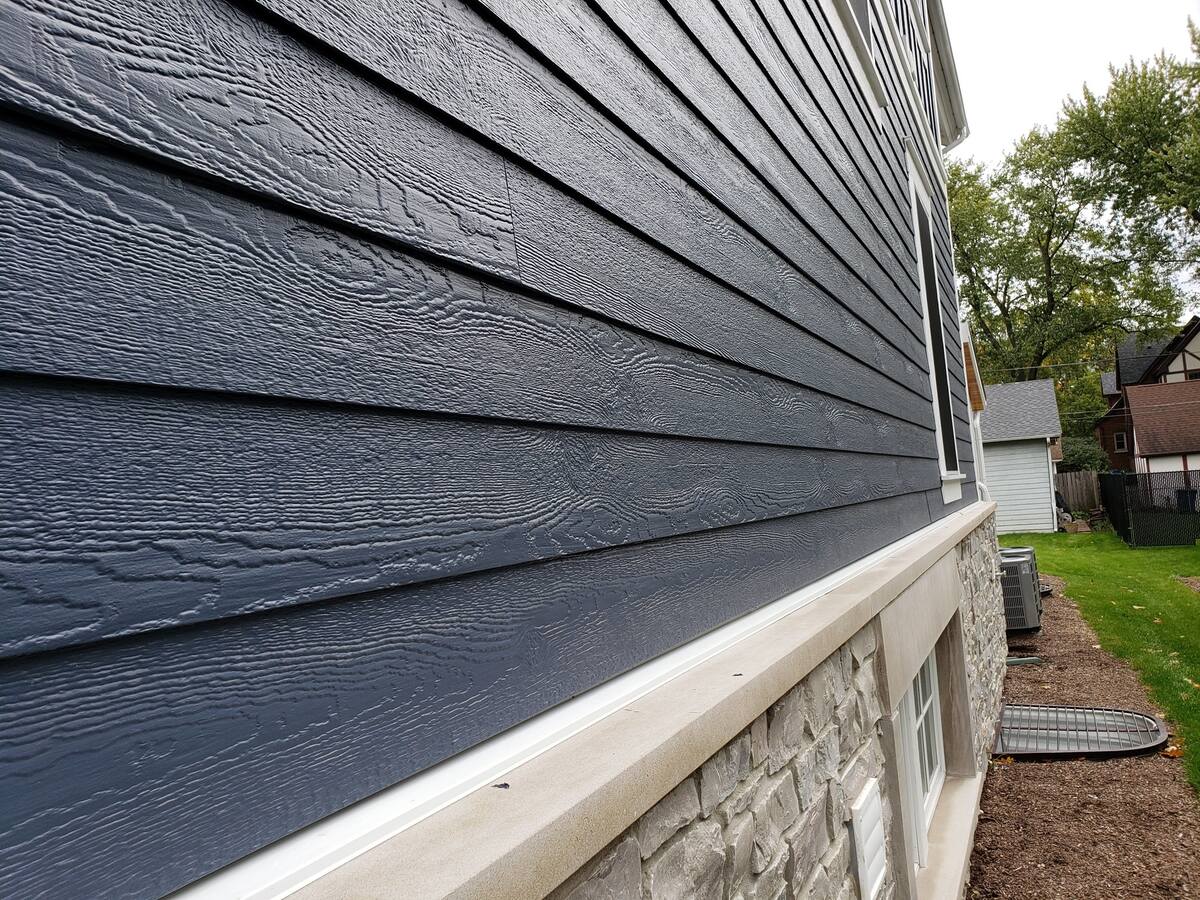
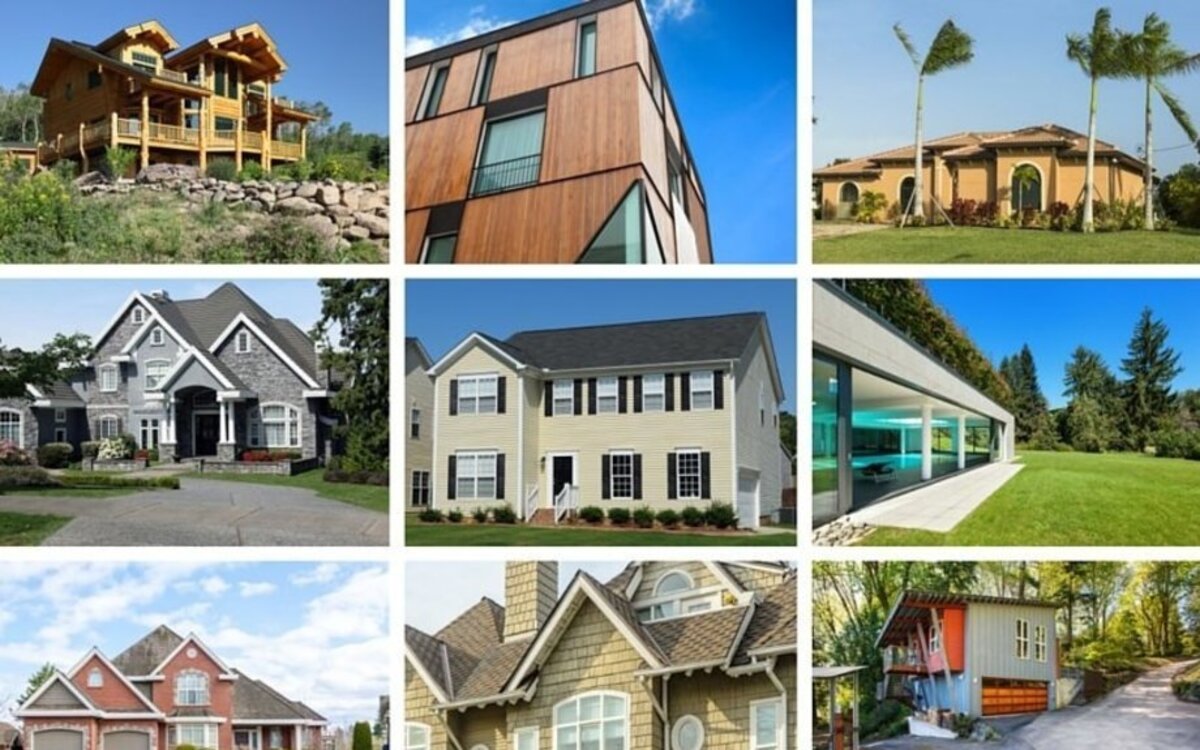
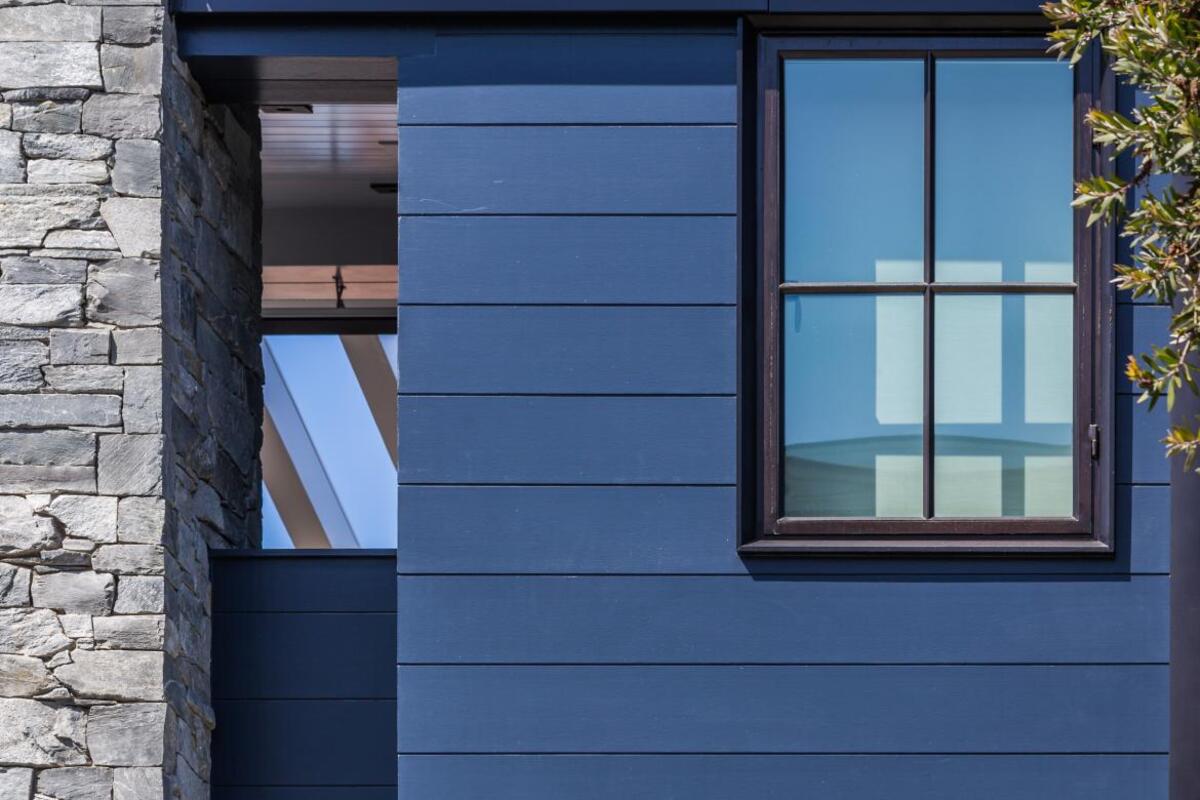
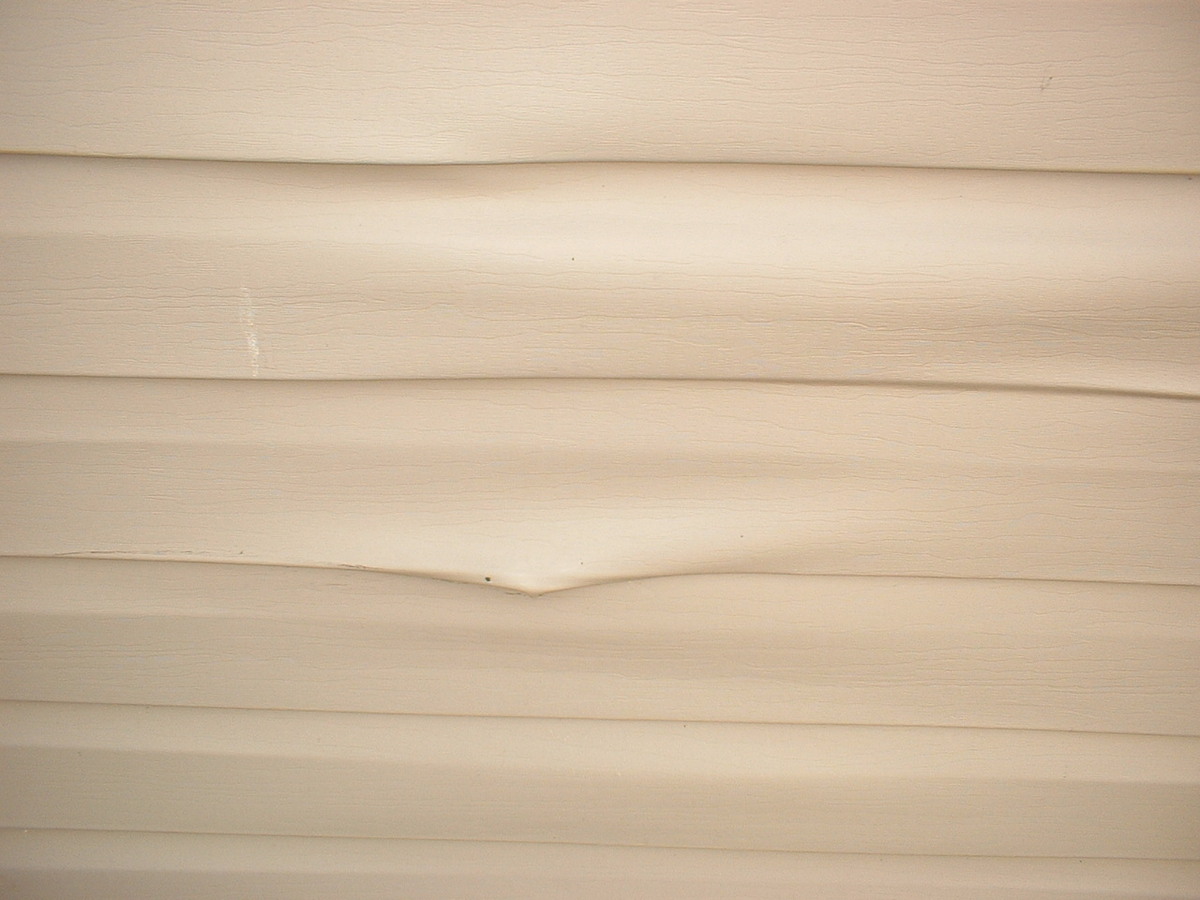
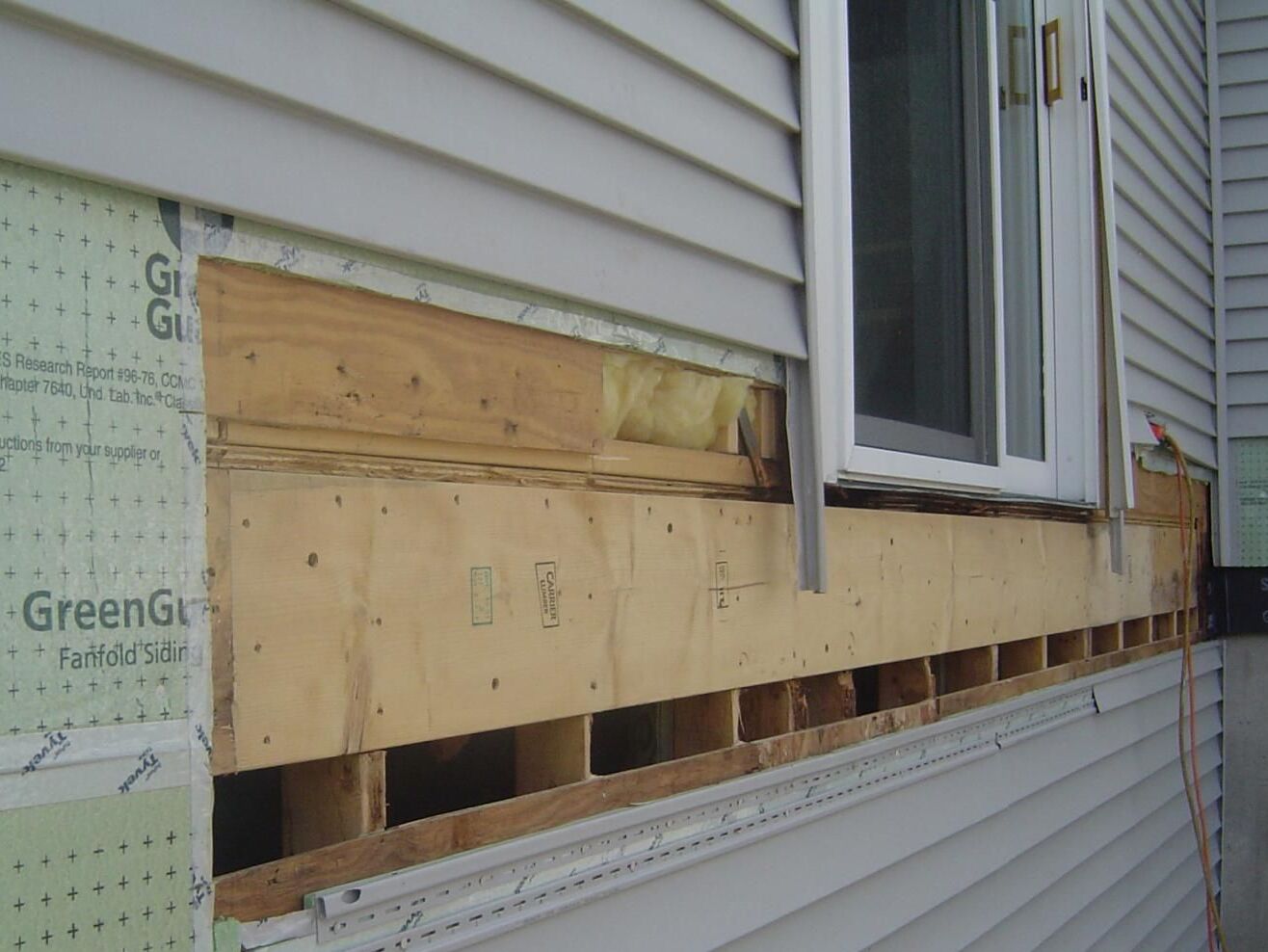
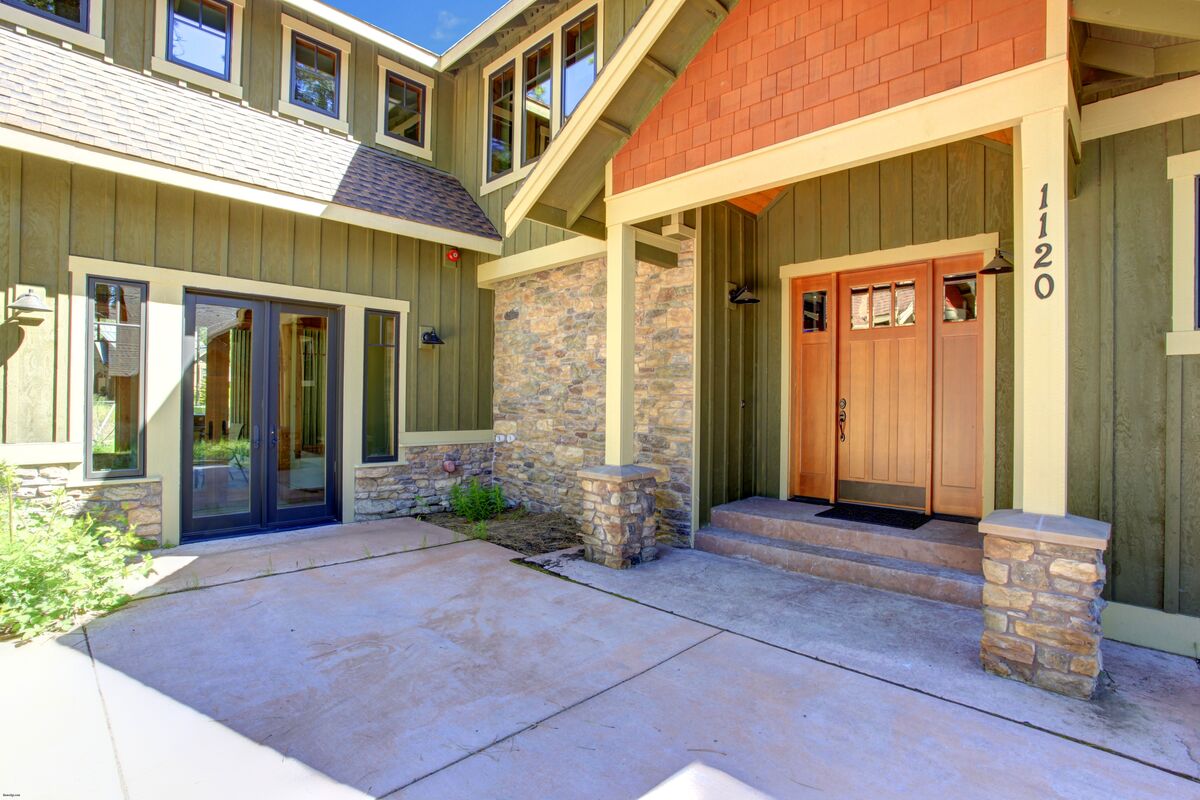
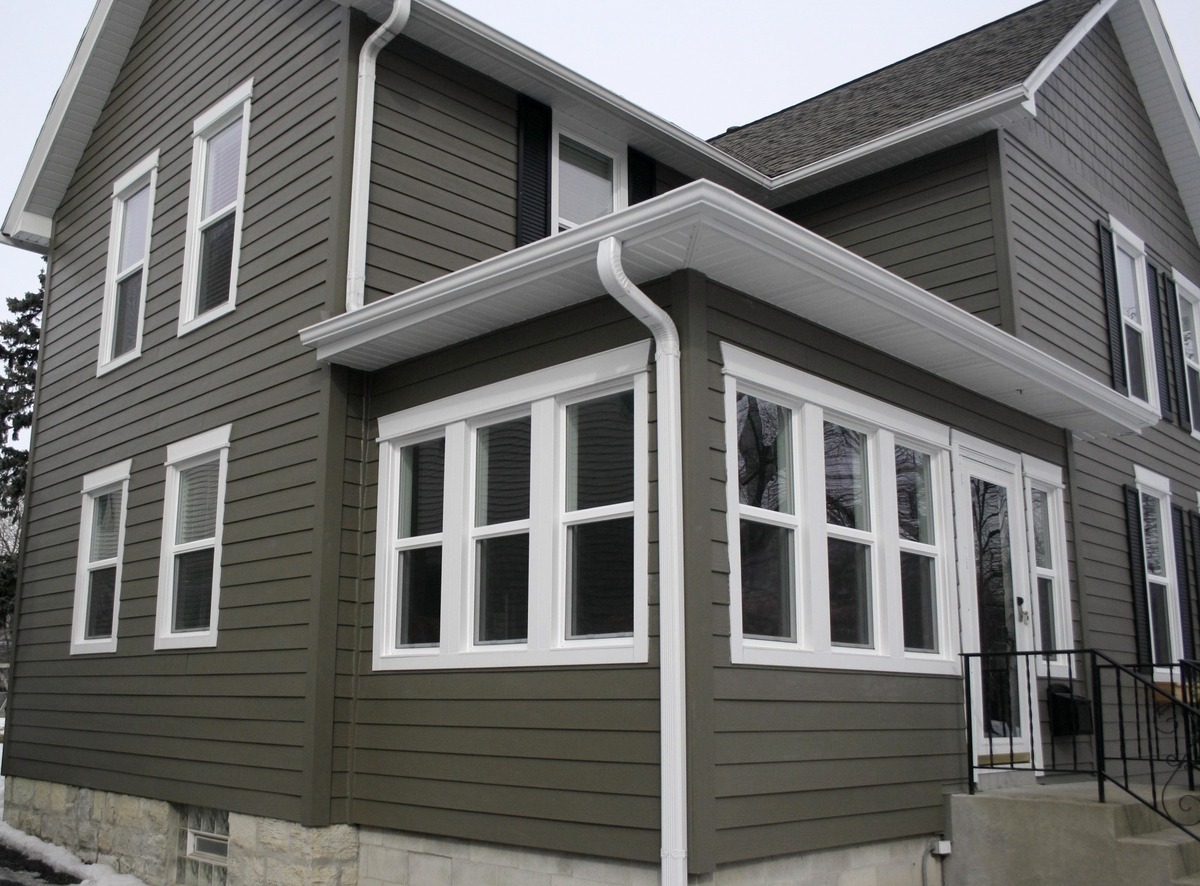

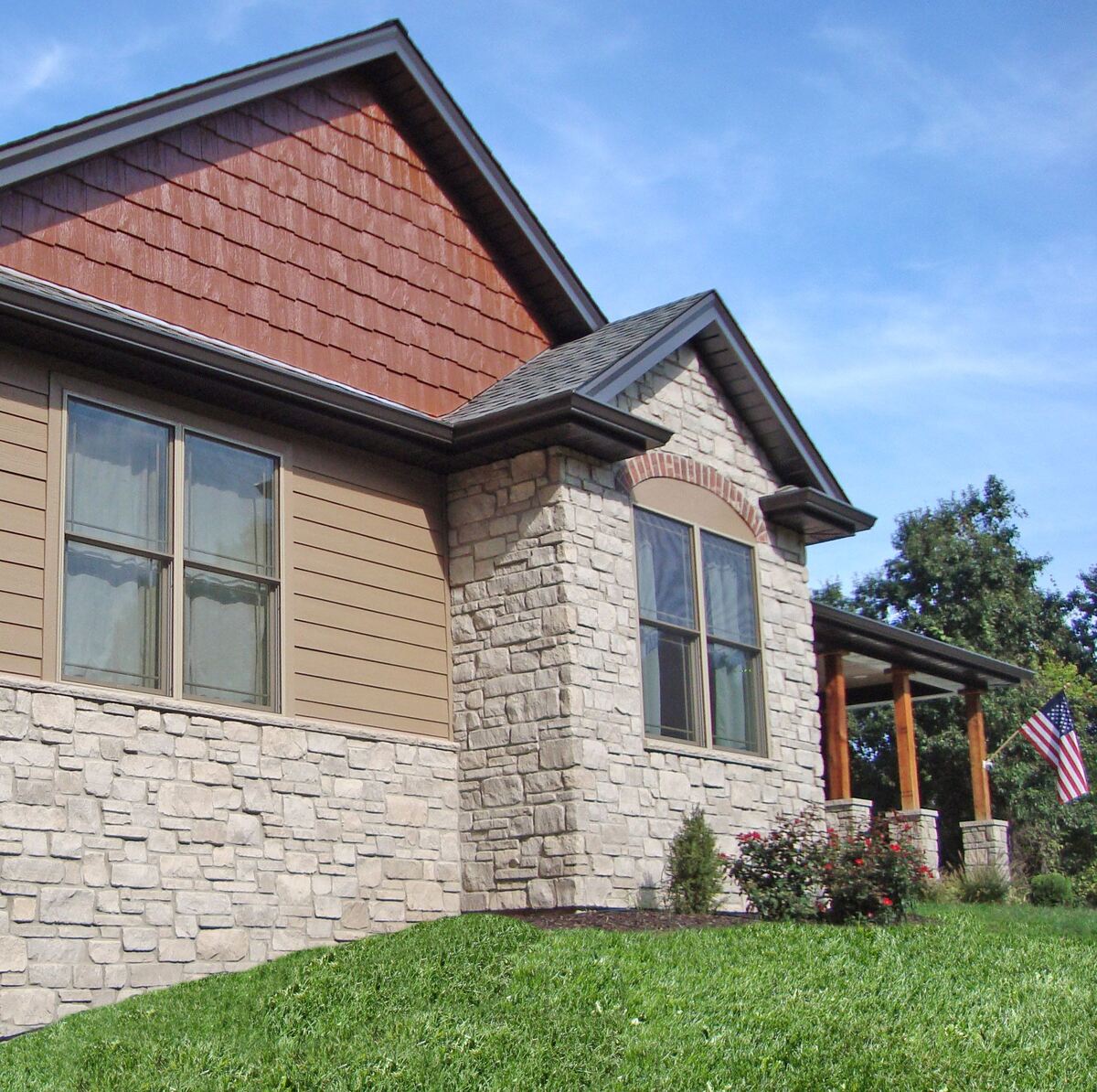
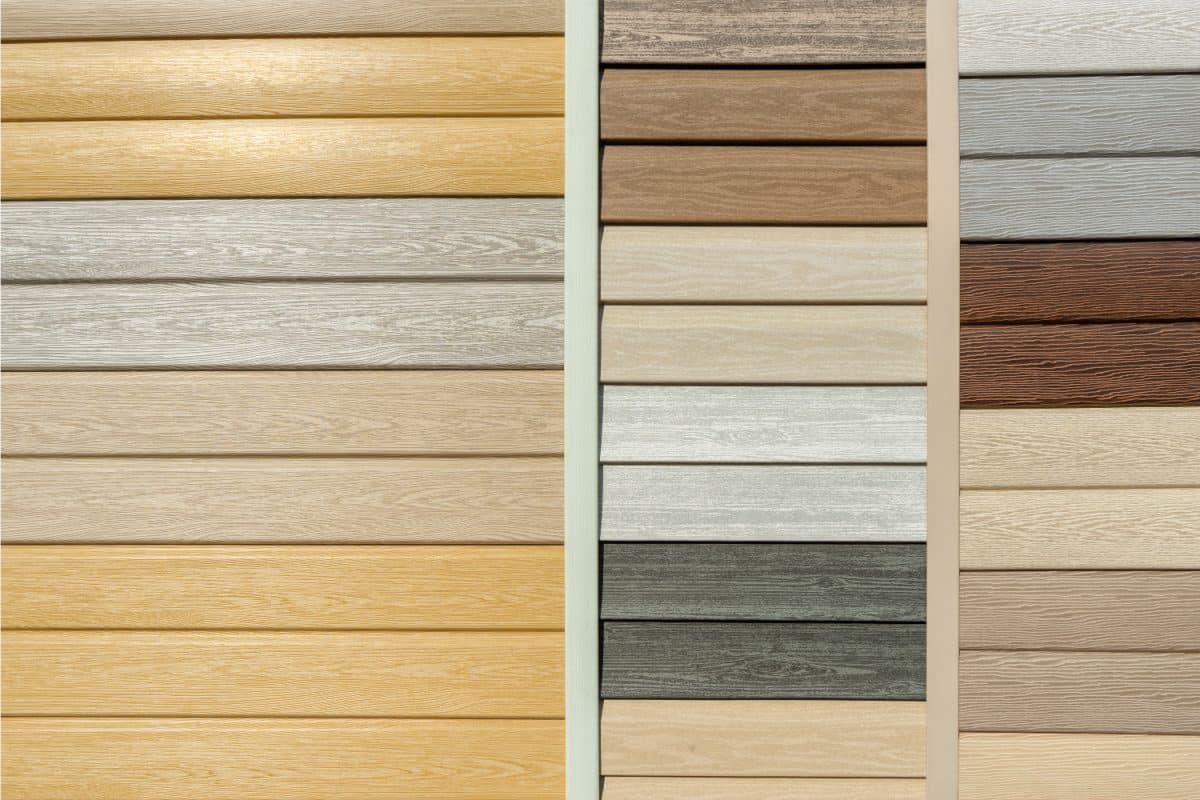
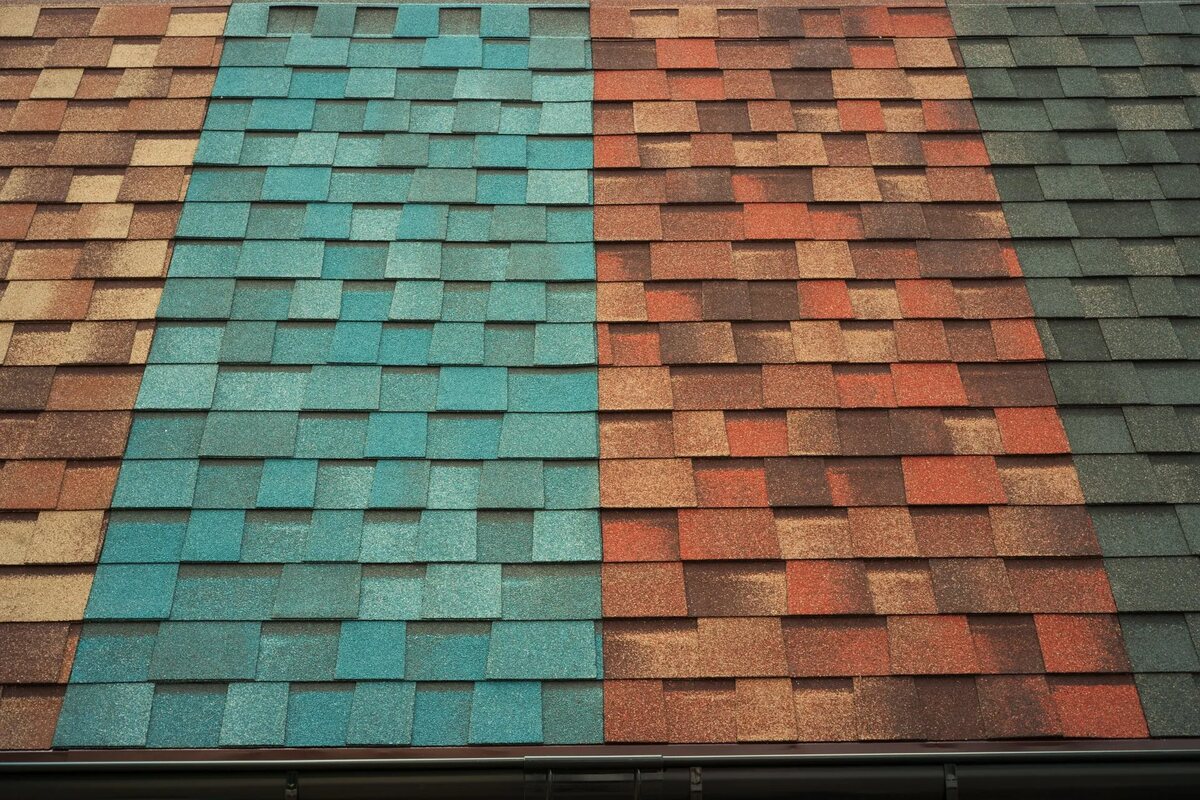
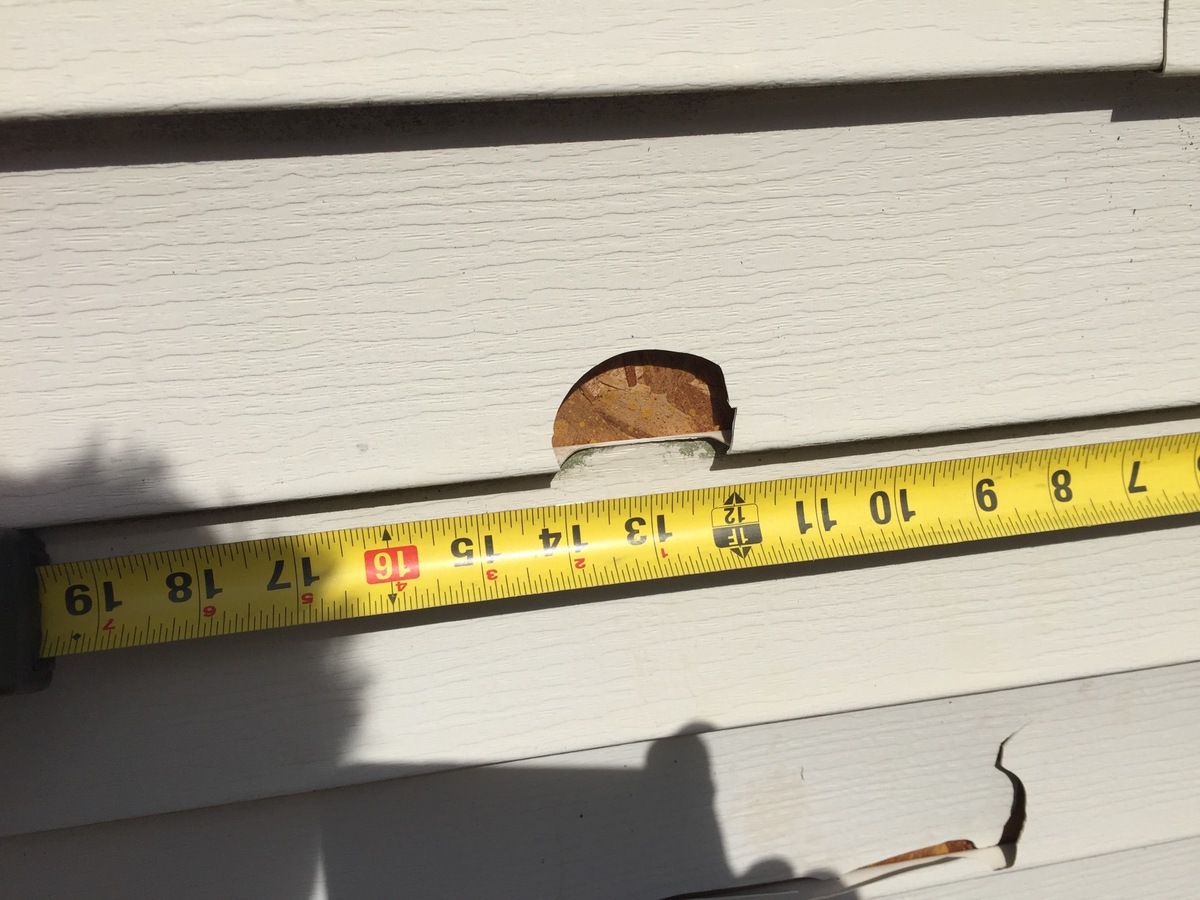
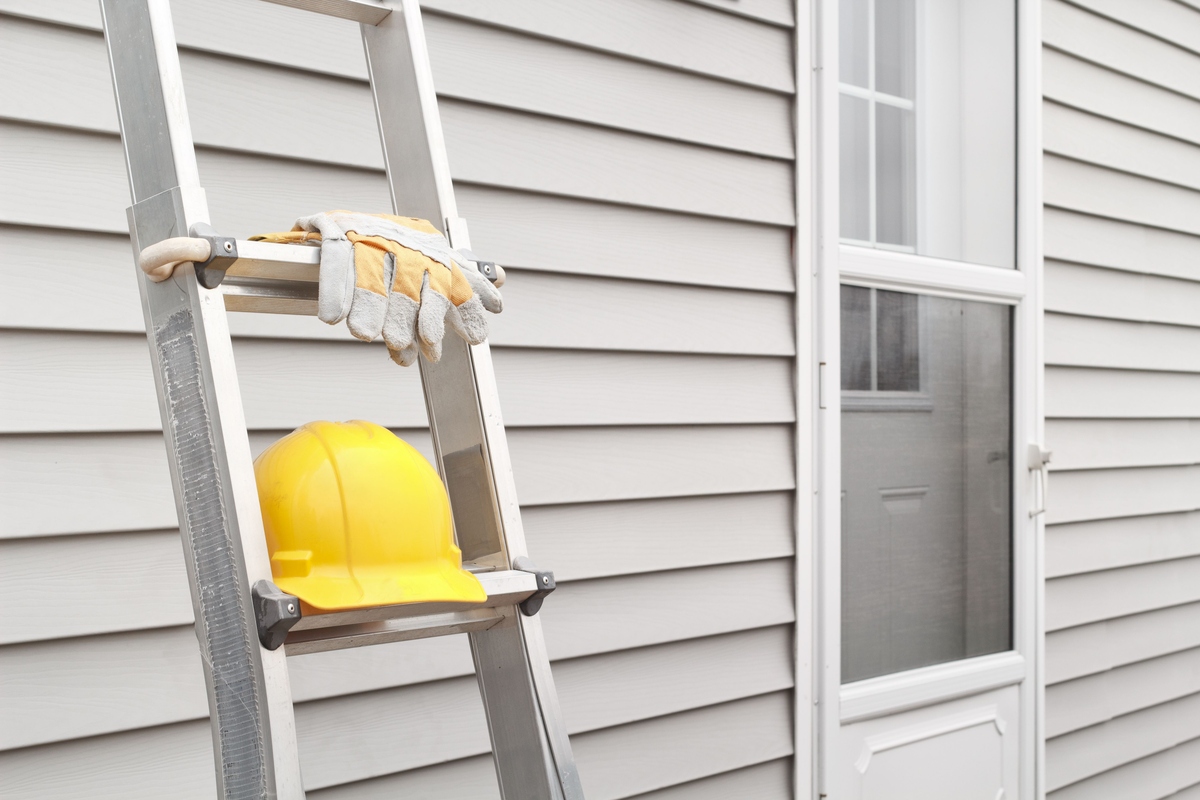

0 thoughts on “What Is Vinyl Siding Made Of”